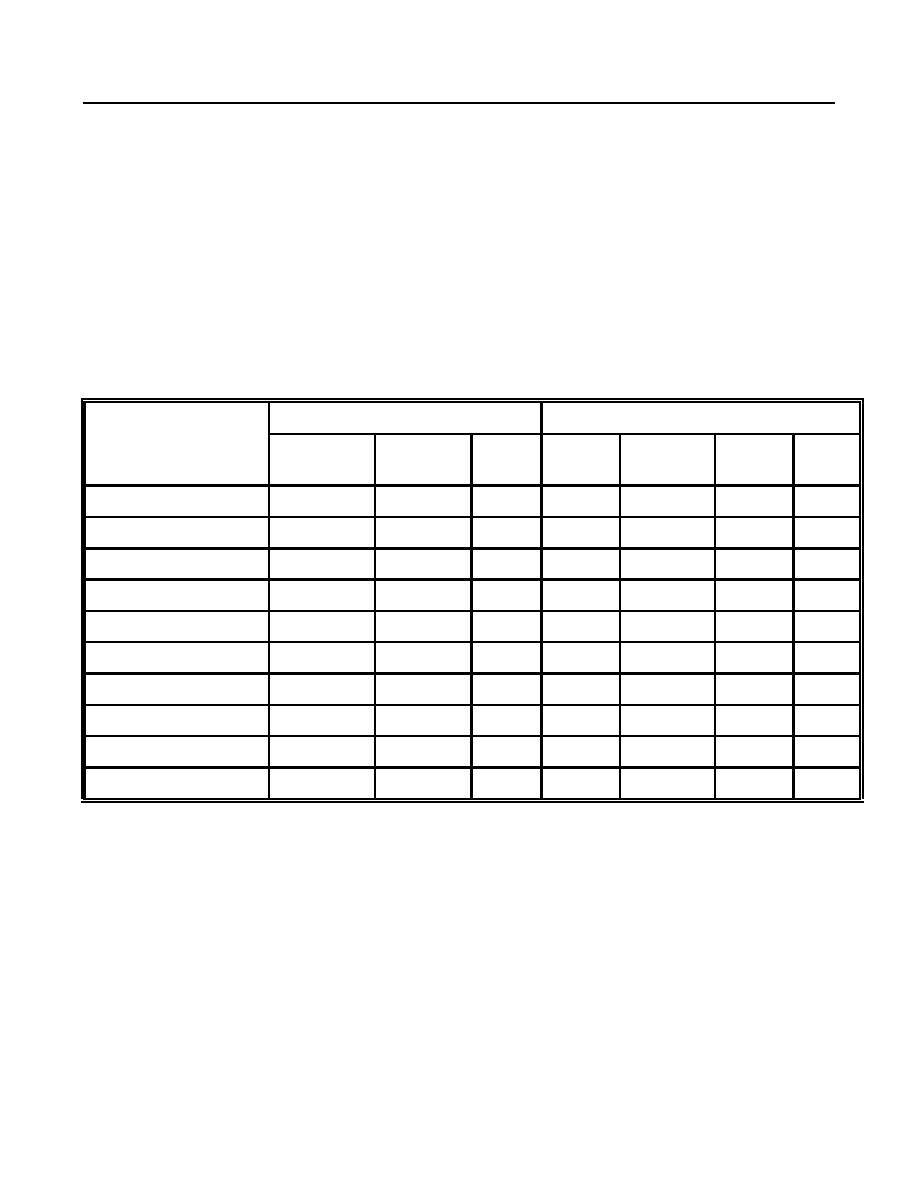 |
|||
|
|
|||
|
Page Title:
Appendix I. Glovebox Window Material Comparison |
|
||
| ||||||||||
|
|  DOE-STD-1066-99
Appendix I. Glovebox Window Material Comparison
Windows can be the most challenging part of glovebox designs. It is often hard to find a material that
satisfies operational requirements and the fire protection and atmosphere compatibility criteria. This chart
was developed by Factory Mutual Research Corporation with information from other sources (a few
changes were made to the chart such as trade names were relabeled using the material's chemical
name). Materials were rated in terms of how well they performed in the areas listed in the left column;
materials were judged to be excellent, good, fair, medium, poor, or to have no capability for that criterion.
A newer material (developed after these tests), that may be useful as a window material, is fire-rated
glass. Note that these are for information purposes only. Window design requirements are provided in
Section 4 of this standard.
Testing Areas
Plastics
PMMA1
ADC2
P.C.3
PMMA
Laminated
Tempere
Wired
SE-3
d
Optics
exc.
exc.
fair
exc.
exc.
exc.
good
Combustibility
exc.
none
none
poor
fair
fair
fair
Heat Resistance
fair
good
exc.
fair
fair
fair
fair
Impact Resistance
fair
good
good
good
good
good
exc.
exc.4
exc.4
exc.4
Chemical Resistance
good
fair
good
good
exc.5
exc.5
exc.5
--
--
--
--
Abrasion Resistance
exc.
exc.
exc.
fair
fair
good
poor
Flexibility
poor
fair
poor
exc.
good
fair
good
Workability
poor
poor
poor
exc.
good
good
good
Cost
med.
med.
med.
low
med.
high
high
Notes:
1
Polymethylmethacrylate
2
Allyldiglycalcarbonate
3
Polycarbonate
4
Except to hydrofluoric acid
5
If non-browning glass (cerium added)
Wired glass is strongly recommended for all windows, where visibility through the wire layer is tolerable.
Otherwise, laminated safety glass (from sheet or plate stock) is recommended.
Where hydrofluoric acid exposure is serious, where workability of the window material is important, or
where the fire hazard is considered not serious, a polycarbonate is recommended.
I-1
|
|
Privacy Statement - Press Release - Copyright Information. - Contact Us |